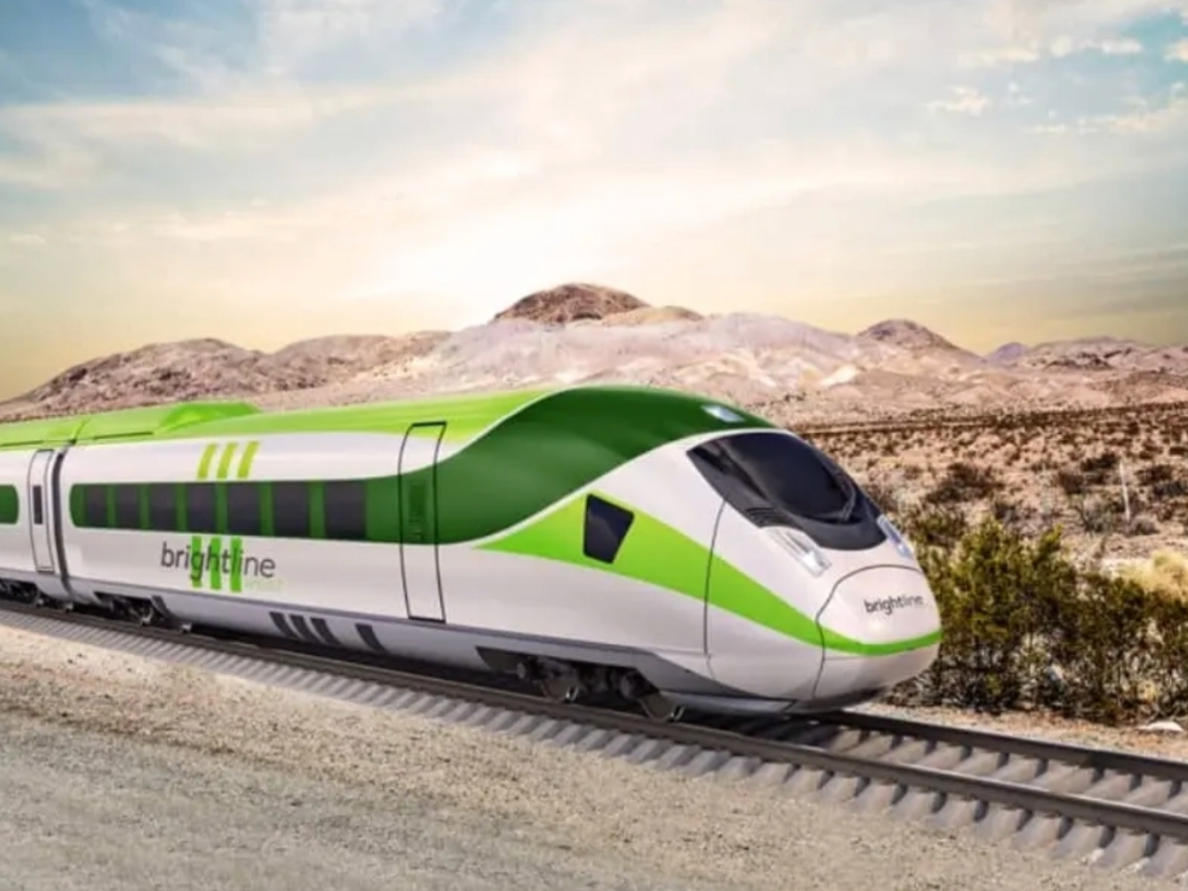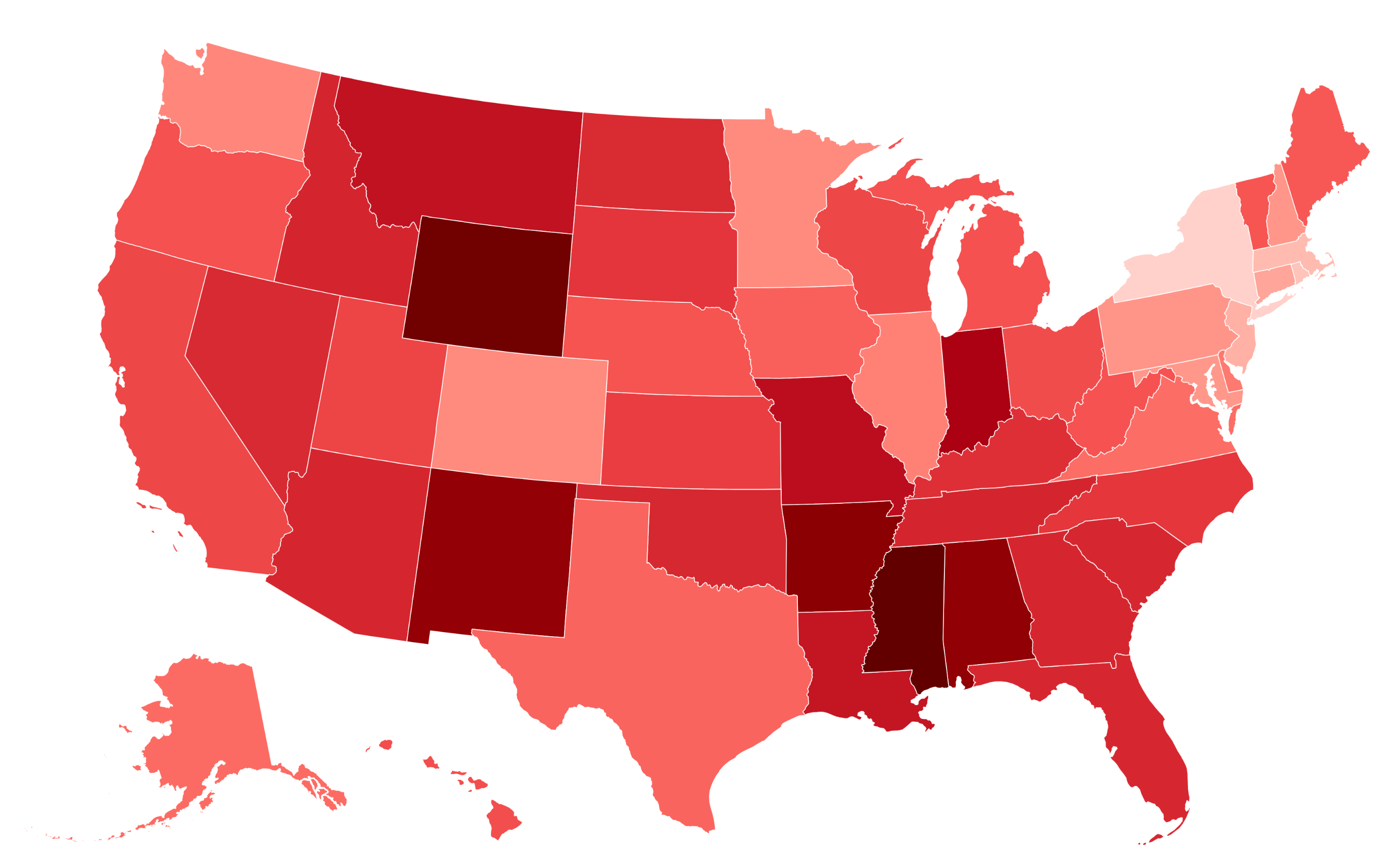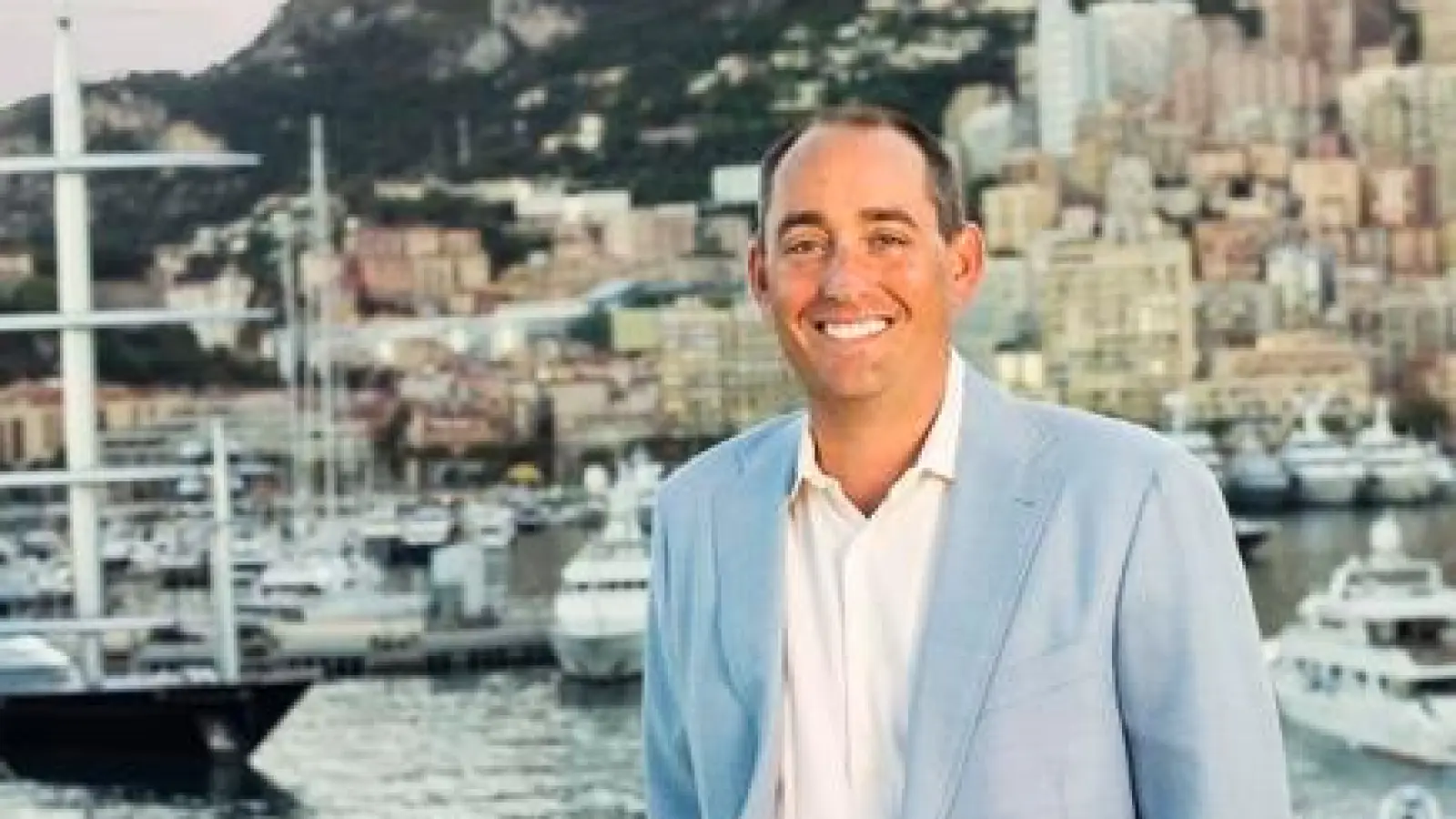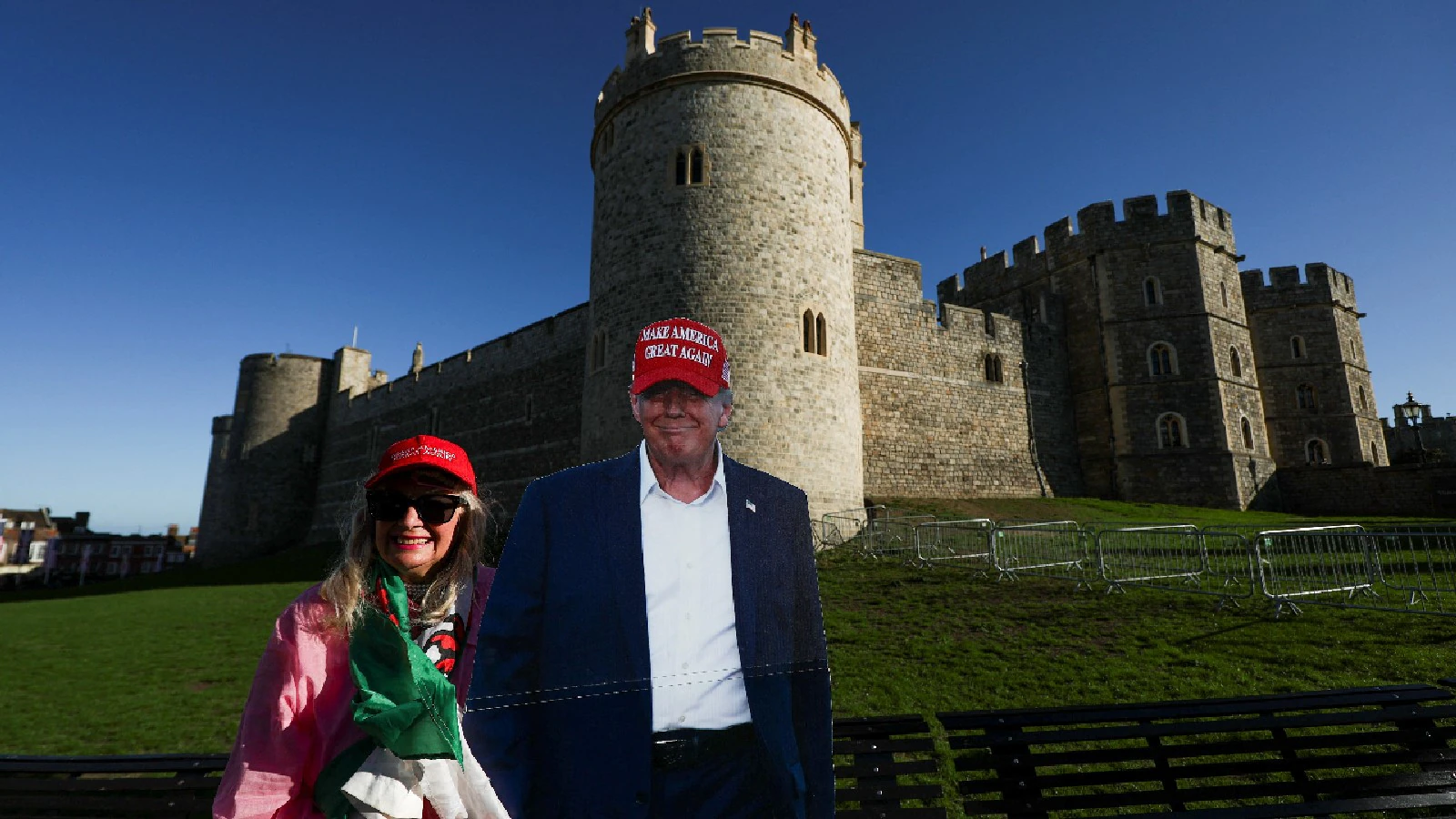
When will California really get 200 mph trains?
CALIFORNIA — High-speed rail projects that could impact the Inland Empire and the state are slowly moving along, but there is some significant news of late.
In a historic move, this week, California lawmakers announced an agreement to allocate $1 billion annually from the state’s cap-and-trade program that will be put toward the state’s controversial and costly high-speed rail project. The funding will continue through 2045.
The high-speed rail project has long promised a 494-mile San Francisco-to-Los Angeles route that would see trains travel up to 220 mph. To date, 171 miles are under design and construction from Merced to Bakersfield.
This week’s deal between Gov. Gavin Newsom and state leaders came at a critical juncture for the project. Last month, the Trump administration announced it was cancelling $175 million in funding for the rail system. The move followed the cancellation earlier this summer of $4 billion in federal grants for the state’s ambitious project.
California has sued to challenge the federal funding withdrawal, calling the decision illegal. Last month, the state reached an agreement with the Federal Railroad Administration to protect funding while the lawsuit over the money plays out in court. The federal dollars are now held in a legal trust, preventing the money from being redirected until the lawsuit concludes.
The state will need all the dollars it can secure for the high-speed rail project if it wants to see the system fully completed. In a February press release from the U.S. Department of Transportation, Secretary Sean Duffy estimated the project’s current cost at $106 billion.
Ian Choudri, CEO for the California High-Speed Rail Authority, said that the state’s latest funding agreement for the project “resolves all identified funding gaps for the Early Operating Segment in the Central Valley and opens the door for meaningful public-private engagement with the program,” but he acknowledged that the state must work toward securing additional long-term funding.
As the decades-old proposed California high-speed rail project plays out, construction continues on a separate multi-billion-dollar high-speed rail system that aims to transport passengers between the Inland Empire and Las Vegas.
The Brightline West project broke ground in April 2024. Once completed, it would see 218 miles of new track laid between a to-be-constructed terminal just south of the Las Vegas Strip and another new facility in Rancho Cucamonga. Most of the track is to be laid in the Interstate 15 median.
With its trains traveling up to 200 mph, Brightline West is slated to be in service in time for the 2028 Olympics in Los Angeles.
In addition to the Rancho Cucamonga station, two other Inland Empire stations are planned along the Brightline West route: Hesperia and the Victorville area. Additionally, Rancho Cucamonga offers connections to existing Metrolink routes.
At the time of last year’s groundbreaking, the Brightline West system was projected to cost $12 billion. One year ago, the Federal Railroad Administration officially signed a $3 billion grant agreement awarded to the Nevada Department of Transportation for Brightline West.
To date, Brightline has reportedly raised about $6.5 billion in private financing and federal grants, but it’s warning investors that construction costs are rising.
Marc Joffe, a visiting fellow at the California Policy Center, a conservative-leaning think tank, said this summer that investors are right to be concerned.
Brightline West’s effort to connect Rancho Cucamonga with Las Vegas faces headwinds and may fail, he said.
“The result could be no 200mph trains in California by the 2030s, and possibly never at all,” according to Joffe.
Brightline West spokesperson Antonio Castelan, Brightline director of public affairs, did not offer updates on project funding, but said the system “is on track to be completed towards the end of 2028.”
Related article: The Convoluted Financial History Between Billionaire Behind SoCal Rail Project And Trump



